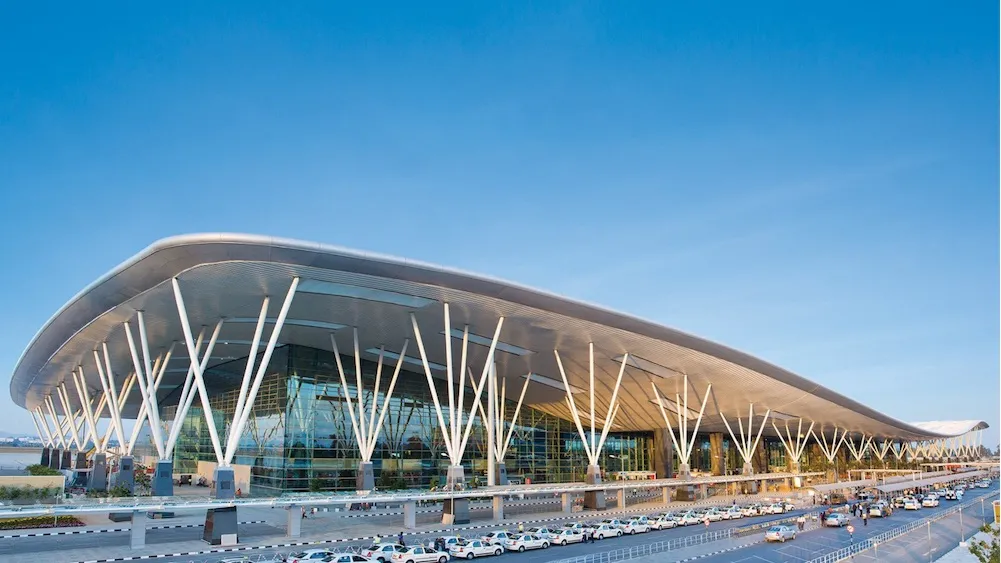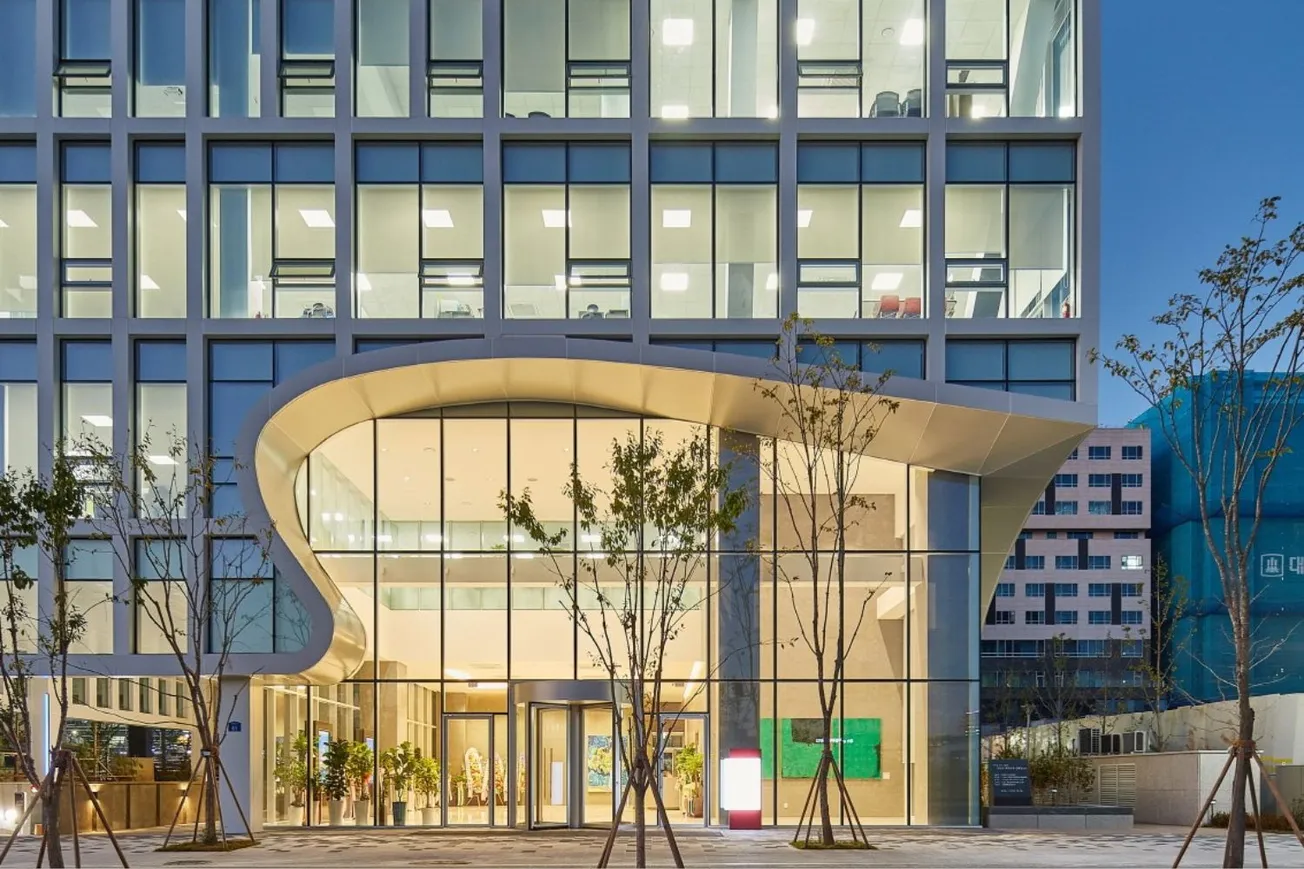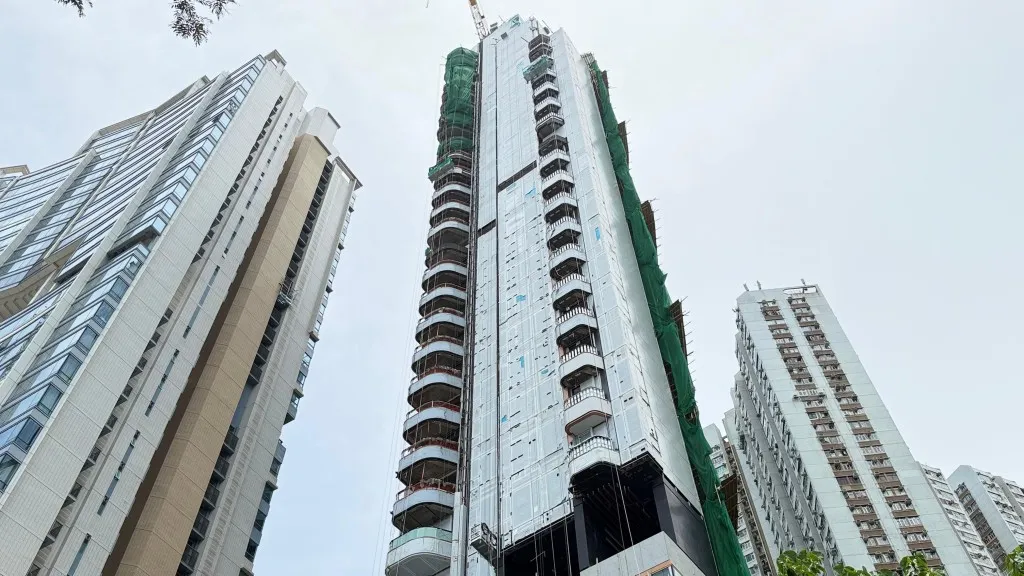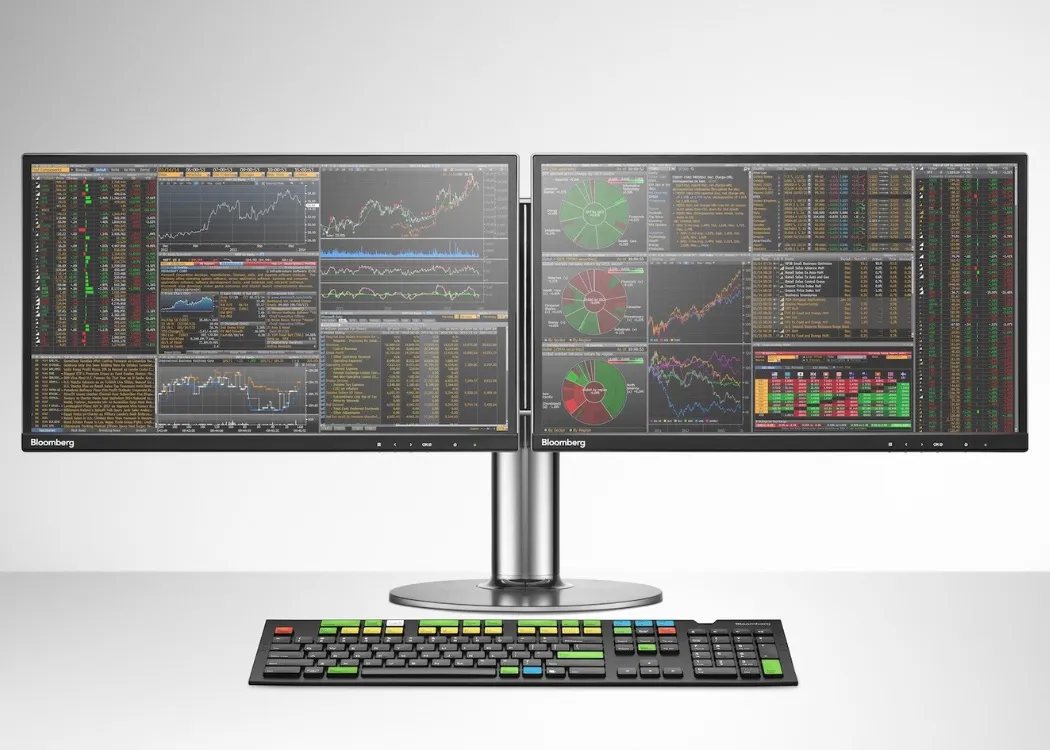Table of Contents
Disclaimer: Asian Century Stocks uses information sources believed to be reliable, but their accuracy cannot be guaranteed. The information contained in this publication is not intended to constitute individual investment advice and is not designed to meet your personal financial situation. The opinions expressed in such publications are those of the publisher and are subject to change without notice. You are advised to discuss your investment options with your financial advisers, including whether any investment suits your specific needs. From time to time, I may have positions in the securities covered in the articles on this website. Full disclosure: I do not hold a position in Fairfax India at the time of publishing this article. To reiterate, this post and the below presentation are for informational and educational purposes only - not a recommendation to buy or sell shares.
Fairfax India (FIH/U CN - US$2.6 billion) is an investment vehicle on the Toronto Stock Exchange focusing on publicly traded and private companies in India.
The company was formed in 2014 by Fairfax Financial. Founder Prem Watsa met with Prime Minister Narendra Modi and was impressed with the person and his reform agenda. While Fairfax Financial had invested in India for several decades, they decided to raise US$1.1 billion and make a large bet on the country's future.
That bet has turned out well. Since its inception, Fairfax India has deployed its capital across several investments and compounded the tangible book value per share at 11% after any accrued fees.
While Prem Watsa is ultimately in charge of Fairfax Financial, the organization is decentralized. The team that manages Fairfax India includes Fairfax Financial subsidiaries Hamblin Watsa Investment Counsel and India-based Fairbridge Capital. A key person in the organization is CEO Chandran Ratnaswami, a long-term Prem Watsa associate and an alumnus from IIT Madras.
Together, they ran the Hamblin Watsa Asia Fund from 2000 to 2015, compounding the fund’s capital at a yearly rate of almost 20%. That bodes well for the future.
A common complaint about the structure of Fairfax India is its high fees. Parent Fairfax Financial charges a 1.5% management fee on top of a 20% performance fee over a hurdle rate of 5% with a high watermark, measured in US Dollars. While those fees are certainly high, they also provide a certain degree of alignment. Talent doesn’t come cheap.
The reason I use the word “talent” is because the portfolio looks terrific. The most important asset is a 54% stake in Bangalore International Airport (BIAL), the operator of the only airport in the fast-growing city of Bengaluru in Karnataka. It has a 41-year remaining concession life, doubled its capacity through a second terminal, and owns 460 acres of land that can be developed into hotels, retail establishments, parking garages, etc.
Most importantly, the airport operates on a “hybrid-till” regulatory framework, which allows it to charge whatever it wants for 60% of non-aeronautical revenues, i.e. for its duty-free shops, car parks, advertising, etc. Airports at their best are shopping malls with captive audiences, able to charge whatever they want. Airports of Thailand is an example of such an airport, but BIAL is a comparable asset, in my view, and growing much faster.
The other companies in the portfolio include a financial services business called IIFL that grows fast but appears to have weak internal controls, a PVC manufacturer called Sanmar Chemicals, a Kerala bank called CSB Bank, which Fairfax successfully turned around and a 1% stake in the National Stock Exchange of India - an incredible asset that’s already turned into a 6-bagger since Fairfax India’s 2016 investment.
Fairfax India’s book value per share is currently US$20.9 - significantly higher than the current share price of US$12.6. But dig into the details, and you’ll find that the valuation marks are usually overly conservative. For example, the discount rate used in Fairfax India’s terminal value assumptions is 11-20%, compared to sub-10% for most private equity funds. If you value the portfolio closer to current market values, you’ll get a value per share closer to US$30.
Of course, there are valid reasons to expect a discount to NAV, including high management and performance fees and a potential liquidity discount. But even if you add a typical 25% Asian Holdco rebate, the NAV discount is still above 40%. Before COVID-19, that discount used to be zero.
Realizing how big of a discount Fairfax India trades at, management has started to buy back shares aggressively. Since 2021, the share count has dropped 9%, and management is guiding for further buybacks at current levels.
Investors in Fairfax India can look forward to the IPO of the Bangalore International Airport holding company “Anchorage” by September 2025. I also expect significant passenger traffic growth in the coming years as flight traffic in India continues to grow by leaps and bounds.
The risks investors are taking seem to be relatively minor. There are conflicts of interest in that parent Fairfax Financial invests in Indian companies by itself. There is a risk that Narendra Modi will lose the election in 2024, though I doubt it. Other risks, such as a new pandemic or a weaker Indian rupee, are possible events, but nothing I would model in at this point.
So, to summarize, Fairfax India is a terrific portfolio trading at a deep discount to intrinsic value and managed by talented value investors. While the fees are certainly high, one could argue that rewarding Prem Watsa and his team for strong performance is better than the alternative.
Click the “Download” button below to access the full PowerPoint presentation:








